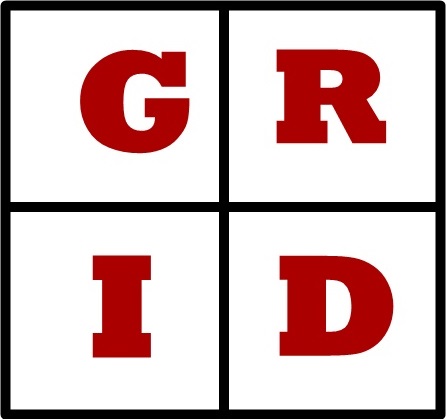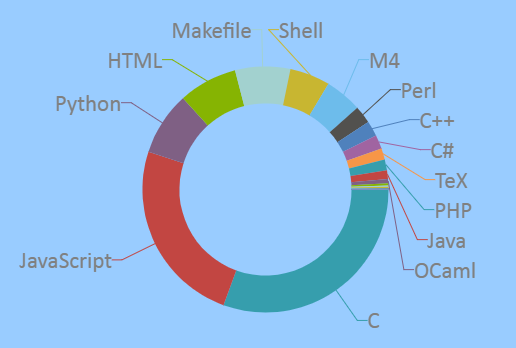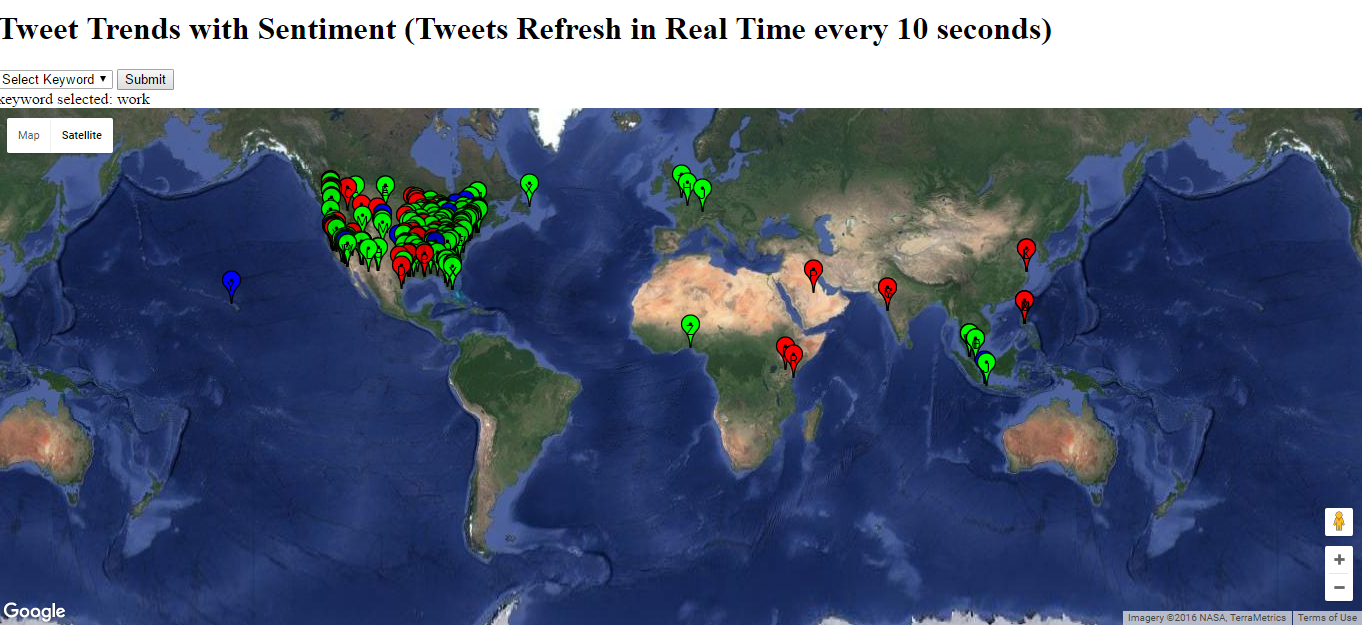Experience

Software Engineer Intern - Summer 2017, Fall 2017
- Implemented Real Time Performance Categorization of critical ETL tasks in the data warehouse using Python Flask, JavaScript and SQLAlchemy.
- Reduced time taken to monitor tasks and identify unexpected behavior by 400%.
- Extended Apache-Airflow for inter-graph task dependency support and reduced page load time by 60% through query optimization.
- Implemented lazy loading of task dependencies using AJAX calls. Complete system worked asynchronously with a backend API.
- Reduced time taken to monitor tasks and identify unexpected behavior by 400%.
- Extended Apache-Airflow for inter-graph task dependency support and reduced page load time by 60% through query optimization.
- Implemented lazy loading of task dependencies using AJAX calls. Complete system worked asynchronously with a backend API.

Software Engineer - Fall 2016
Teaching & Learning Applications Team
- Developed a database query interface and backend using Flask (Python MVC web framework), JavaScript & SQL.
- Improved the efficiency of the tool by 70% by eliminating redundant calls to database through changing usage design of the interface
- Improved code quality by static analysis using Pylint.
- Integrated application component with the modular app using Flask BluePrint.
- Improved the efficiency of the tool by 70% by eliminating redundant calls to database through changing usage design of the interface
- Improved code quality by static analysis using Pylint.
- Integrated application component with the modular app using Flask BluePrint.

Software Engineer Intern (R&D) - Summer 2015
Research and Development Team
- Built a focused search engine for research journals using R (Shiny) as a part of a larger medical analysis application
- Generated search results using string matching and collected usage data by tracking clicks and search box inputs
- Built RgScholar : Open Source API to integrate Google Scholar search functionality into R applications
- Generated search results using string matching and collected usage data by tracking clicks and search box inputs
- Built RgScholar : Open Source API to integrate Google Scholar search functionality into R applications

Software Engineer Intern (Web Apps) - Summer 2014
Web Applications Team
- Implemented media upload and thumbnail creation interface, social login APIs and form input validation using PHP
- Designed and implemented MySQL Stored Procedures
- Designed and implemented MySQL Stored Procedures







